When buying a Smart TV, we must take into account a series of factors that guarantee us the best possible quality, since it is a product that has a very long useful life. One of the most important aspects is found in the technology behind the screen. In this sense, LG’s OLED technology is the best option today, a technology that has just celebrated 10 years on the market.
OLED screens, which we can also find in mobile devices, work completely differently from traditional LCD screens, where a single panel illuminates the entire screen, even to display black colours, which translates into very poor image quality on comparison with OLED panels. OLED panels are made up of LEDs that work independently, activating whenever a color other than black is displayed.
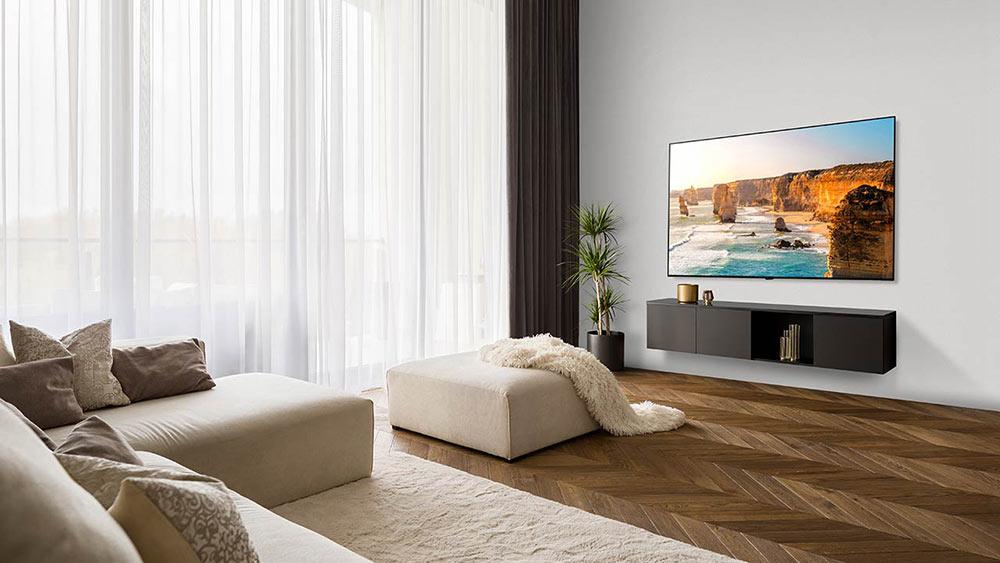
If the color to be displayed is black, the LEDs that are part of the screen do not light up, which makes it possible to offer the only pure black on the market. This technology is the same that is available within the range of LG smart TVs, which allows us to offer the best image quality, regardless of what type of content we are watching.
Millions of users know first-hand that the quality offered by LG in the OLED panels of its televisions is the best on the market, which is why, since it presented this technology on its televisions, the Korean firm has become the leader in Smart TV sales worldwide (1).
Trajectory of LG’s OLED TV range in the market
LG’s good work in the smart TV market since it launched the first TV with OLED technology began in 2013, when it launched the first model with this technology on the screen, a model with a 55-inch curved screen. A year later, it launched the first model with 4K resolution, OLED technology and integrating WebOS as the operating system.
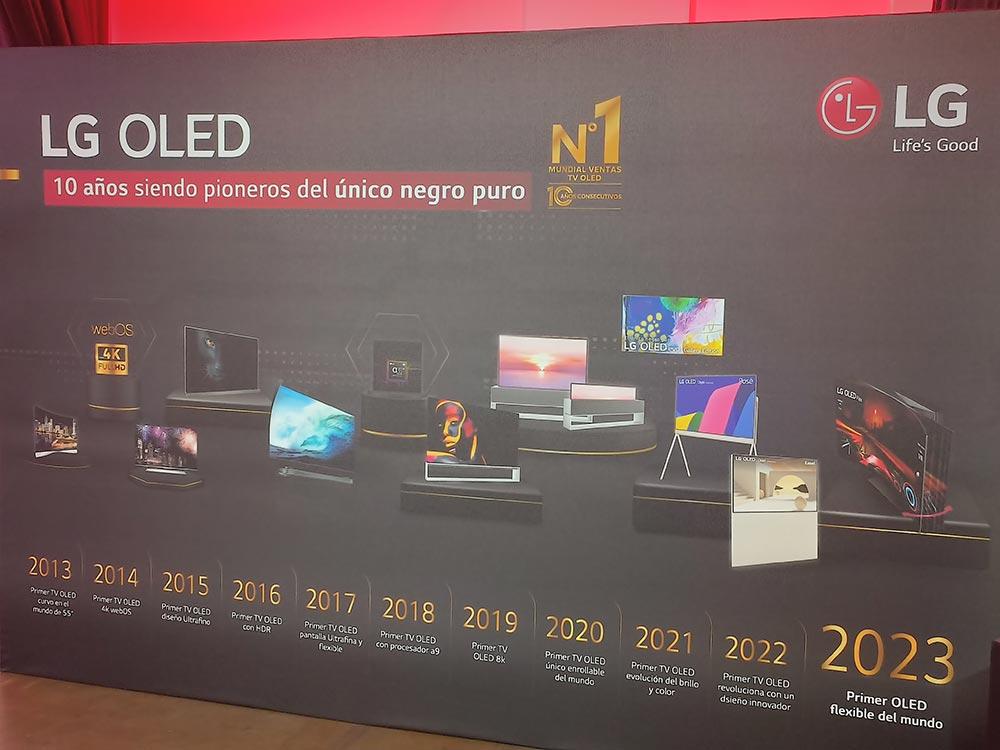
In 2015, LG introduced an ultra-thin model and in 2016, it integrated the HDR Dolby Vision system into its range of televisions. A year later, it introduced the OLED Signature W range designed to offer the best OLED technology with a very attractive design. It wasn’t until 2018, when LG introduced the first processor built specifically to deliver the best performance on OLED displays, a move considered a turning point in the OLED display industry.
A year later, the first TV with OLED technology and 8K resolution was launched on the market, a technology that also hit the market, in 2020, through a roll-up model that can be hidden anywhere in the room where it is located. In 2021, LG’s OLED technology received a major revamp with the launch of the OELD evo range, a technology that offers even more brightness than the models it had hitherto launched on the market.
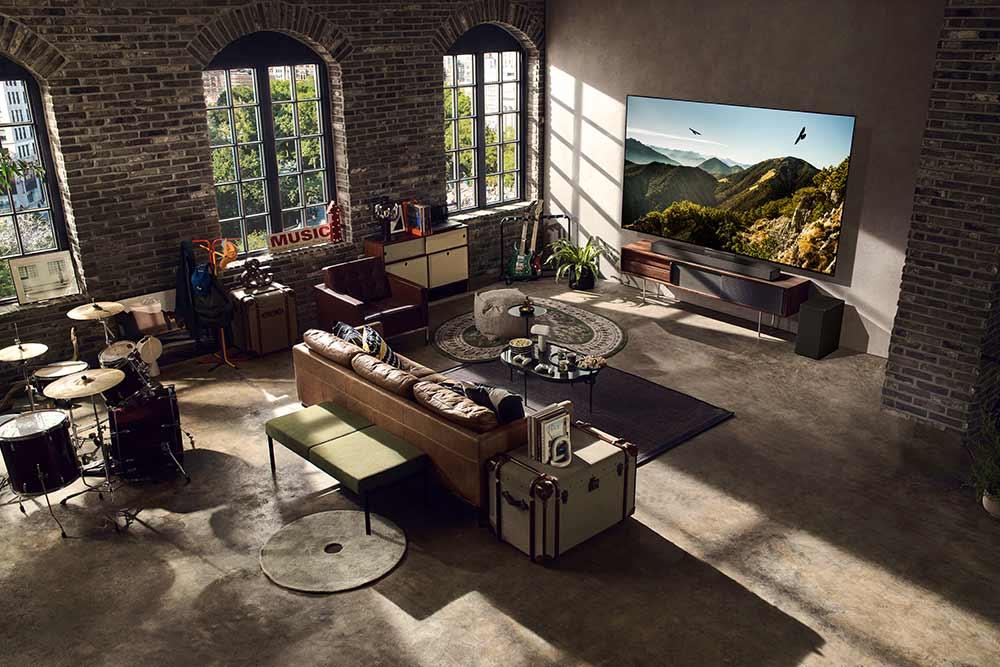
2022 was a year in which the Korean company presented the first Flexible OLED TV, initially focused on the gaming world, a motorized monitor with a size of up to 42 inches. This same year, the LG OLED evo Lifestyle range was launched on the market, a range focused on offering the best quality on the market with an avant-garde design. We have reached 2023, the year in which this technology has been renewed with OLED evo technology, a technology that incorporates microlenses that boost brightness by up to 70%. (2)offering an image quality that we will not find in any other manufacturer on the market.
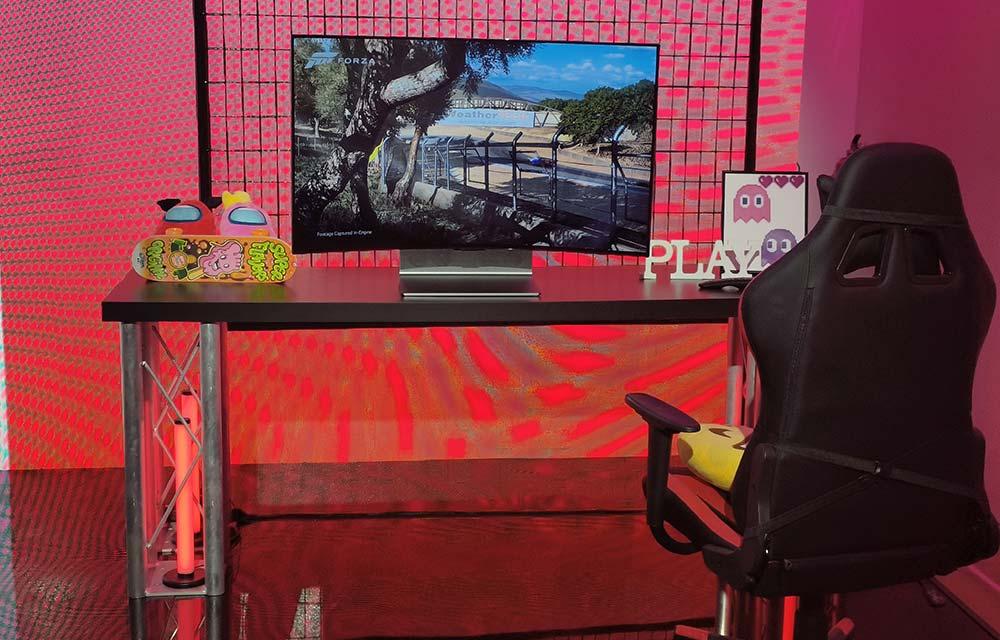
The only processor built and designed to deliver the best OLED performance
LG has become a benchmark in the OLED television market thanks to the continuous investment it has made in recent years, an investment that allowed it to launch in 2018 a processor specifically designed to offer the best image quality using OLED technology, a technology that offers pure blacks thanks to the 33 million pixels that turn on and off independently to offer a greater contrast that highlights colors and brightness allowing the user to immerse themselves in each scene. In addition, thanks to the use of Microlenses that enhance brightness, this range of televisions offer 70% more brightness without affecting energy efficiency.
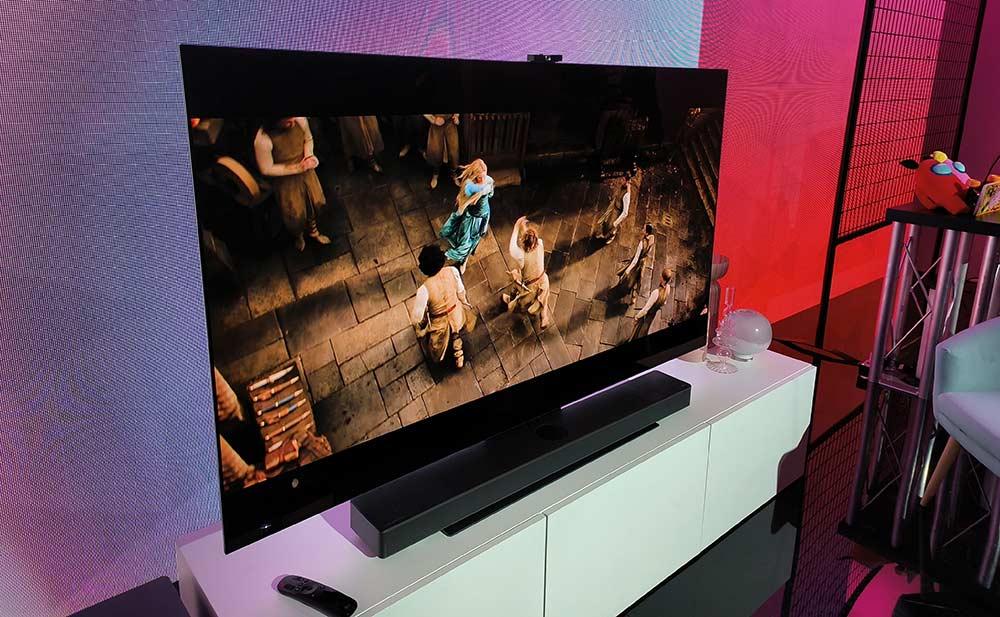
The brain of the OLED range of LG televisions is a 6th generation alpha9 processor, a processor that thanks to Artificial Intelligence is capable of offering not only spectacular colors and unique blacks, but also unparalleled sound quality since the AI that uses this processor, is responsible for the AI Sound Pro technology that identifies the movement of objects to scale and simulate a 9.1.2-channel surround sound that produces an immersive sensation that we will not find in any other model.
This same processor is in charge of managing the WebOS operating system that is currently in version 23 and with which we can play all kinds of video and image formats with maximum fluidity. Furthermore, LG is the only brand (3) compatible with NVIDIA G-Sync, AMD FreeSync and VRR (120 Hz) offering a response time of 1 ms, so they are also ideal for enjoying our favorite games on the latest generation consoles and PCs.
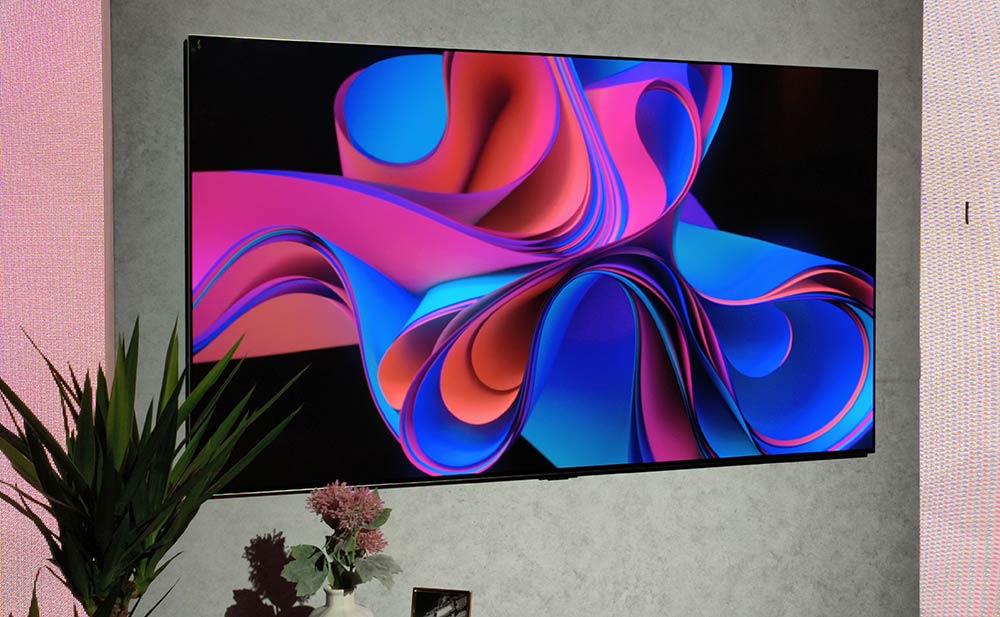
The range of LG TVs with OLED technology is the widest on the market, with models ranging from 42 inches for the most compact model to 97 inches for the largest model, so whatever size we are looking for, we will always find the one that best suits our needs.
Take care of the environment
It is easy to think that due to all the technology offered by LG’s range of OLED televisions, the consumption of these can be absurd. Well no. In recent years, LG has not only worked to improve the quality of its OLED screens, but has also worked in the energy efficiency section, since, for many users, it is a key factor when it comes to renew the television
In the larger models, the difference in consumption between a television with OLED technology and other models can be up to 1,400 euros. (4) a year, using it for 8 hours a day and 365 days a year.
References:
(1) Nº1 in sales: Source: Omdia. “Unit shipments, 2013-2022” (February 2023) LG Electronics has not been involved in carrying out this study. Any reliance placed on the results thereof will be at the risk of the user. Visited https://www.omdia.com/ for more information.
(2) 70% brightness is obtained from the comparison made between the LG OLED G3 models of 55, 65 and 77″ (235 nits) and the B3 model (135 Nits) in SDR. In 83″ and 97″ models, 30% more brightness is achieved (180 nits) vs B3.
(3) As of January 1, 2023
(4) Savings of €1,400: Comparison between the consumption produced by the 83″ LG OLED 4K model vs. the 85″ QLED 4K (model with the worst energy efficiency index in the same segment). Calculation made at a cost of €0.31/Kwh, for 8h/day, 365 days/year, in 10 years.













